Dokumente und Quellen anderer Archive. Deutsche Archive. International Tracking Service (ITS), Bad Arolsen
Archief
Katalog der Konzentrationslager-Dokumente, die sich bei dem International Tracing Service Allied High Commission for Germany befinden. Hrsg. v. d. Allied High Commission for Germany (HIOG), Bad Arolsen 1951. Catalogue of Concentration Camp Records held by the International Tracing Service, ed. Allied High Commission for Germany, Bad Arolsen 1951. In der Nummernkartei (x.x.x.5) wurden alle Hinweiskarten ...
Organisatie
European Holocaust Research Infrastructure

